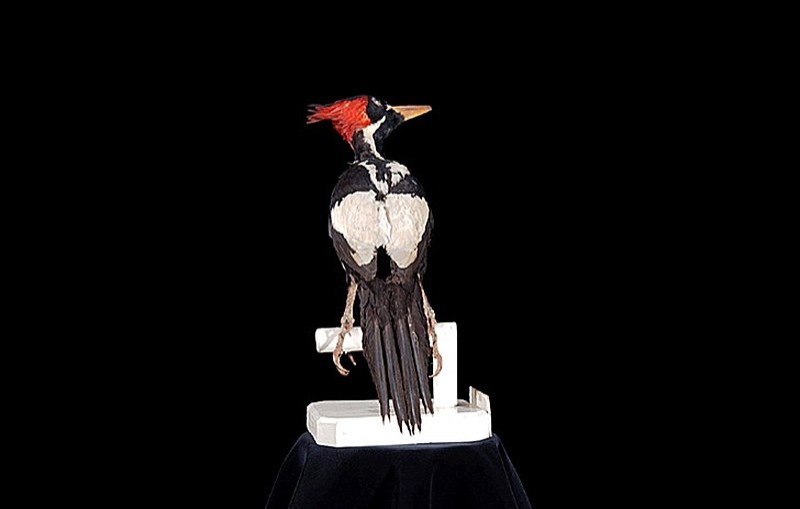
After 80 years of disappearance, fuzzy photos resembling the ivory-billed woodpecker persuaded authorities to postpone declaring the "Lord God Bird" officially extinct.
The Lord God Bird is a red-crowned bird that has been so impressive that it has earned the nickname. Those who have seen it have difficulty persuading others of what they witnessed.
Fuzzy Photos of the 'Lord God Bird"
Fuzzy photos and videos have delayed the declaration of the ivory-billed woodpecker as extinct. U.S. officials, prompted by recent images from biologists and birdwatchers, have paused their decision. Previously, it was presumed the elusive bird was gone for good but disputed sightings ignited hope.
In 2021, the US Fish and Wildlife Service proposed delisting the ivory-billed woodpecker from the Endangered Species Act, claiming it no longer needed protection. The last confirmed sighting was in 1944. Now, officials are taking more time to assess all the evidence.
Steven Latta, an ornithologist, emphasizes the bird's iconic status and its role in global conservation. However, some experts argue it's time to acknowledge the lack of conclusive proof, given the poor quality of the available images. Ivory bills closely resemble other woodpecker species.
Candidate for Official Extinction
The government claims the ivory-billed woodpecker is extinct. Brett Hartl from the Center for Biological Diversity argues it's a waste of resources to list an extinct bird. He suggests that those who claim to see it have biased motivations. The U.S. Fish and Wildlife Service is reviewing public submissions for clear, repeatable evidence, acknowledging disagreement among experts.
A drone video from October 2022 shows two birds believed to be ivory-billed woodpeckers, challenging their presumed extinction. In May, researchers shared this video along with trail camera and audio recordings, aiming to persuade skeptics. The topic remains polarizing, with doubts even extending to historical photos of the bird.
Ivory-Billed Woodpecker Decline
One thing is for sure: The ivory-billed woodpecker suffered a rapid decline in the 19th century due to extensive deforestation, and the destruction of its old-growth forest habitats for foraging and roosting. Following the last confirmed sighting in the 1940s, this remarkable bird turned into a legend, serving as inspiration for cultural icons like Woody Woodpecker and singer-songwriter Sufjan Stevens.
Periodically, claims of ivory-billed woodpecker sightings surfaced. In the 1960s, an ornithologist in Texas reported one, and in 2004, a kayaker in Arkansas's account culminated in a publication in the journal Science. Each new supposed sighting reignited passionate debates about the bird's existence.
Brett Hartl of the Center for Biological Diversity argued that if the ivory-billed woodpecker still survived, there would be tangible evidence such as a carcass, a nest, or even a feather. Hartl questioned the quality of the photos, noting their blurriness and lack of focus.
On Monday, wildlife officials confirmed the extinction of 21 other species, including Bachman's warbler, the bridled white-eye, and several birds in Hawaii, along with various fish and mussel species. They had also considered declaring a Hawaiian mint family herb extinct but found indications of its potential survival. Despite the government's stance, the belief in the ivory-billed woodpecker's existence persists, with some acknowledging the need for higher-quality photographic evidence.
Also Read : Solar Storms Are Warping Birds' Natural Compass, Causing Them to Get Lost During Migration Season
© 2025 NatureWorldNews.com All rights reserved. Do not reproduce without permission.




